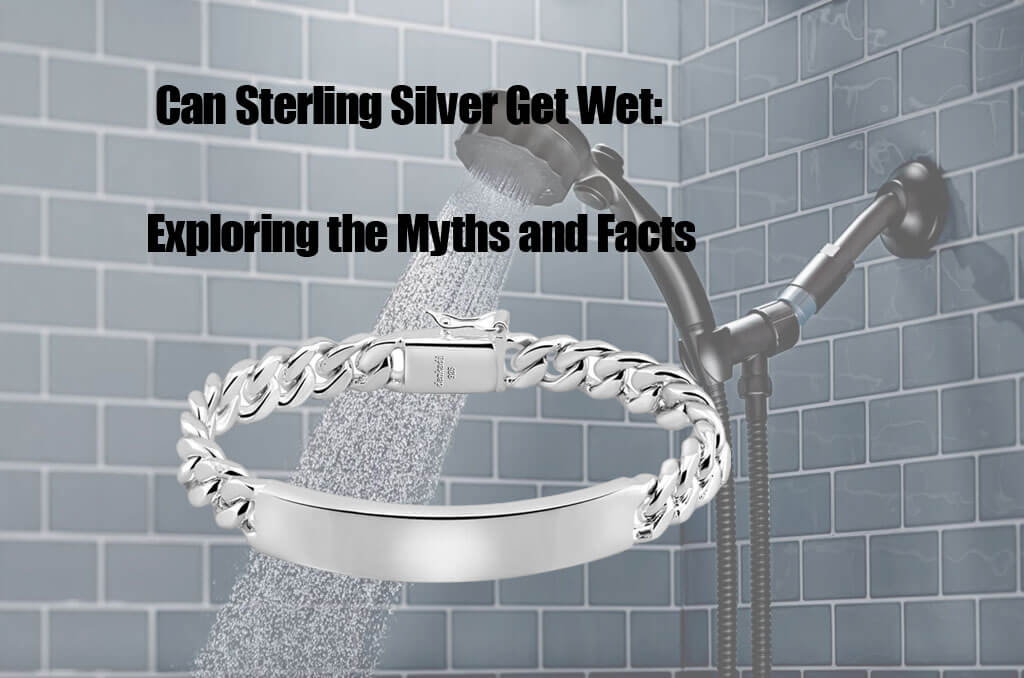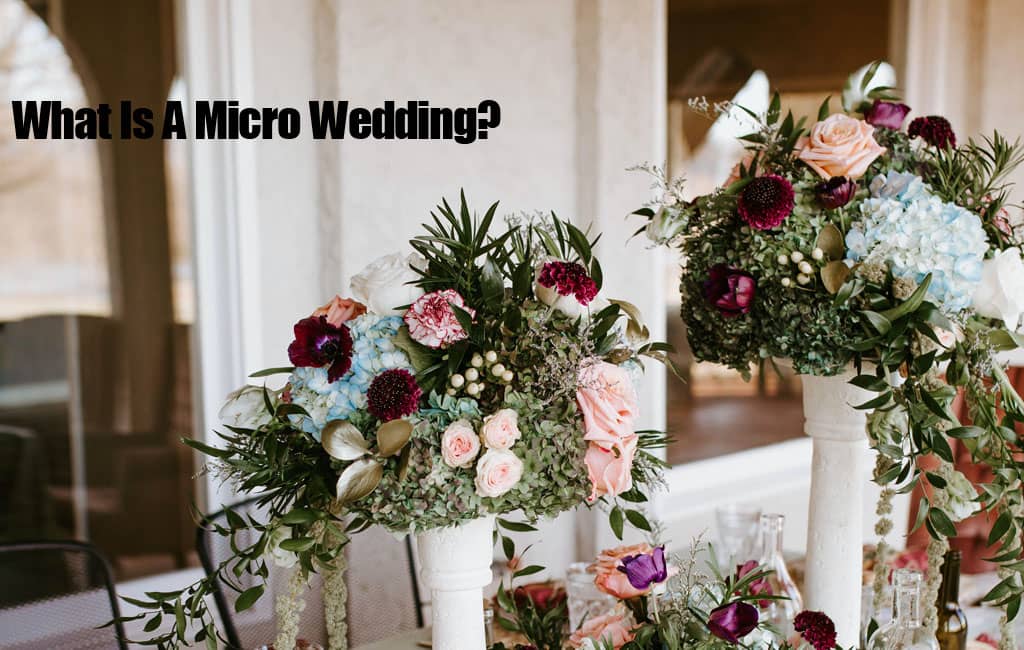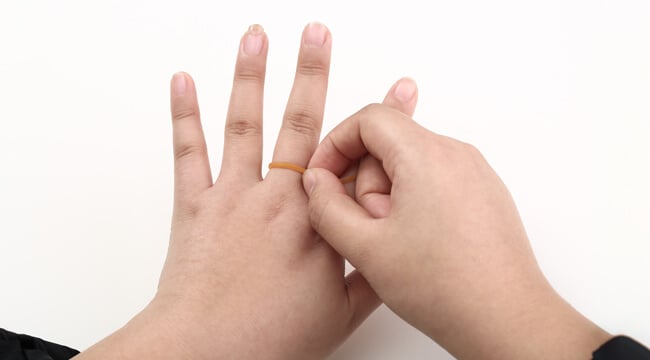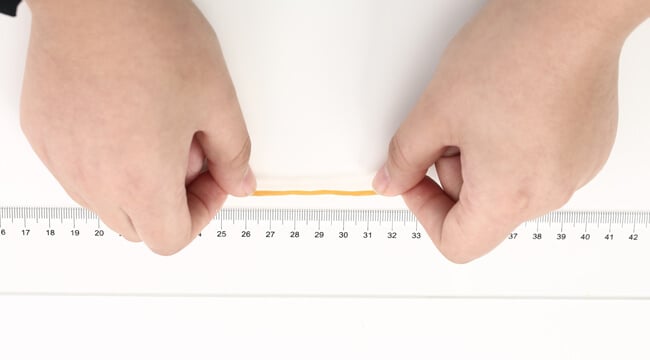Opal jewelry, with its entrancing kaleidoscope of colors, is the epitome of elegance and style. Yet, the alluring beauty of opals conceals their delicate nature. If you’re a proud owner of opal jewelry, you might be contemplating a seemingly simple question: Can you shower with opal jewelry? This comprehensive guide will navigate you through the intricacies, dos, and don’ts, ensuring that your precious opal jewelry continues to dazzle for years to come.
What Type Of Opal Do You Have?
Before we dive into the aquatic world of opal care, it’s imperative to understand the type of opal adorning your collection. There are three main categories:
Doublets: Doublet opals are a fusion of two layers, comprising a thin slice of opal atop a black backing. This union is purposeful, and aimed at enhancing the opal’s vibrant colors.
Triplets: Similar to doublets, triplets involve an additional layer on top, often crafted from quartz or glass, which serves to protect the opal and bestow a more rounded appearance.
Solid Opal: The purest form of opal, a solid opal is unadulterated, having only undergone cutting and polishing.
Can You Shower with Opal Jewelry?
In general, the answer is a cautious no.
While solid opals can withstand exposure to water, it’s essential to consider potential contaminants in water, such as chlorine in pools or chemicals in shower products. This makes it advisable to remove solid opal jewelry before entering situations where water exposure is significant, helping to mitigate both chemical and physical risks.
For those opal with doublets or triplets, water poses a more significant threat. These opals consist of multiple layers adhered together, and prolonged exposure to water can lead to their delamination. Even minimal water infiltration can cause these opals to appear cloudy or discolored, altering their appearance. While an occasional exposure to water might not be disastrous, it’s best to err on the side of caution and avoid it whenever possible.
In conclusion, the safest practice is to shield your opal jewelry from water and moisture.
How to Care for Opal Jewelry?
To ensure your opal jewelry maintains its enchantment, adhere to these practical guidelines:
1. Remove Before Showering: The safest route is to take off your opal jewelry before entering the shower, as water exposure should be minimized to protect your opal’s longevity.
2. Steer Clear of Swimming: It’s advisable to leave opal jewelry on dry land when indulging in a swim, as both pool chlorine and saltwater can wreak havoc on opals.
3. Apply Perfume and Lotions Thoughtfully: Ensure your skin is free from lingering chemicals by letting lotions and perfumes dry completely before donning your opal jewelry, as the substances in these products can tarnish the opal’s brilliance.
4. Temperature Consideration: Opals can be sensitive to extreme temperatures. Refrain from exposing them to drastic temperature fluctuations, as this could result in cracks or fading of their exquisite colors. During seasons marked by extreme temperature swings, it may be prudent to abstain from wearing your opal jewelry altogether.
Cleaning Your Opals
For solid opals, a gentle cleaning method is best—warm water with mild detergent and a soft toothbrush or cloth will do the trick. Harsh chemicals like bleach should be avoided. Doublets and triplets can be wiped with a damp, soft cloth and mild detergent, but they should never be submerged.
Ultrasonic cleaners should be kept far away from opals, as the intense vibrations can lead to cracking in solid opals and water seepage in doublets or triplets.
Storing your Opal Gems
Preserving the lifespan of your opal jewelry is as simple as storing it with care. When not wearing your opal ring or bracelet, place it in a padded cloth bag or cushioned box to ensure protection. To prevent opal jewelry from drying out due to humidity, store them in a cotton wool bag with a few drops of water, guaranteeing their longevity.
Conclusion
Opal jewelry is an alluring choice, but its exquisite nature necessitates proper care and maintenance. To keep its bewitching play of colors intact and safeguard your investment, it’s prudent to avoid showering with opal jewelry. Instead, follow the aforementioned guidelines for cleaning, wearing, and storing your opals. Remember, the key lies in preserving the captivating magic that opals are renowned for.






